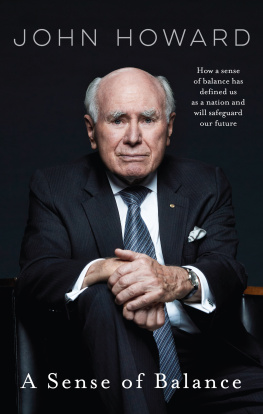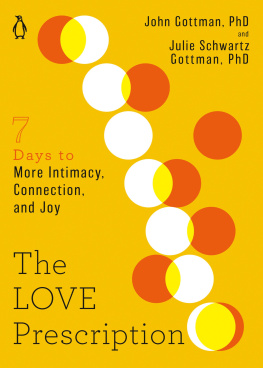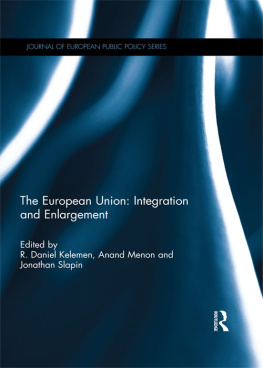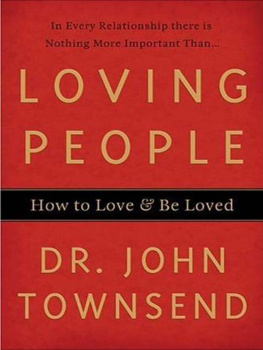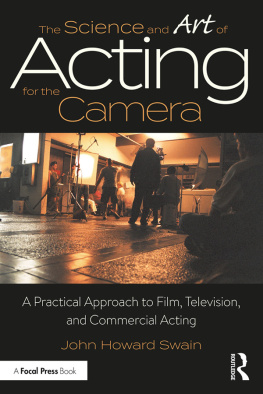John Howard - More Than Words : The Science of Deepening Love and Connection in Any Relationship
Here you can read online John Howard - More Than Words : The Science of Deepening Love and Connection in Any Relationship full text of the book (entire story) in english for free. Download pdf and epub, get meaning, cover and reviews about this ebook. year: 2022, publisher: S&S/Simon Element, genre: Home and family. Description of the work, (preface) as well as reviews are available. Best literature library LitArk.com created for fans of good reading and offers a wide selection of genres:
Romance novel
Science fiction
Adventure
Detective
Science
History
Home and family
Prose
Art
Politics
Computer
Non-fiction
Religion
Business
Children
Humor
Choose a favorite category and find really read worthwhile books. Enjoy immersion in the world of imagination, feel the emotions of the characters or learn something new for yourself, make an fascinating discovery.

- Book:More Than Words : The Science of Deepening Love and Connection in Any Relationship
- Author:
- Publisher:S&S/Simon Element
- Genre:
- Year:2022
- Rating:3 / 5
- Favourites:Add to favourites
- Your mark:
- 60
- 1
- 2
- 3
- 4
- 5
More Than Words : The Science of Deepening Love and Connection in Any Relationship: summary, description and annotation
We offer to read an annotation, description, summary or preface (depends on what the author of the book "More Than Words : The Science of Deepening Love and Connection in Any Relationship" wrote himself). If you haven't found the necessary information about the book — write in the comments, we will try to find it.
John Howard: author's other books
Who wrote More Than Words : The Science of Deepening Love and Connection in Any Relationship? Find out the surname, the name of the author of the book and a list of all author's works by series.
More Than Words : The Science of Deepening Love and Connection in Any Relationship — read online for free the complete book (whole text) full work
Below is the text of the book, divided by pages. System saving the place of the last page read, allows you to conveniently read the book "More Than Words : The Science of Deepening Love and Connection in Any Relationship" online for free, without having to search again every time where you left off. Put a bookmark, and you can go to the page where you finished reading at any time.
Font size:
Interval:
Bookmark:
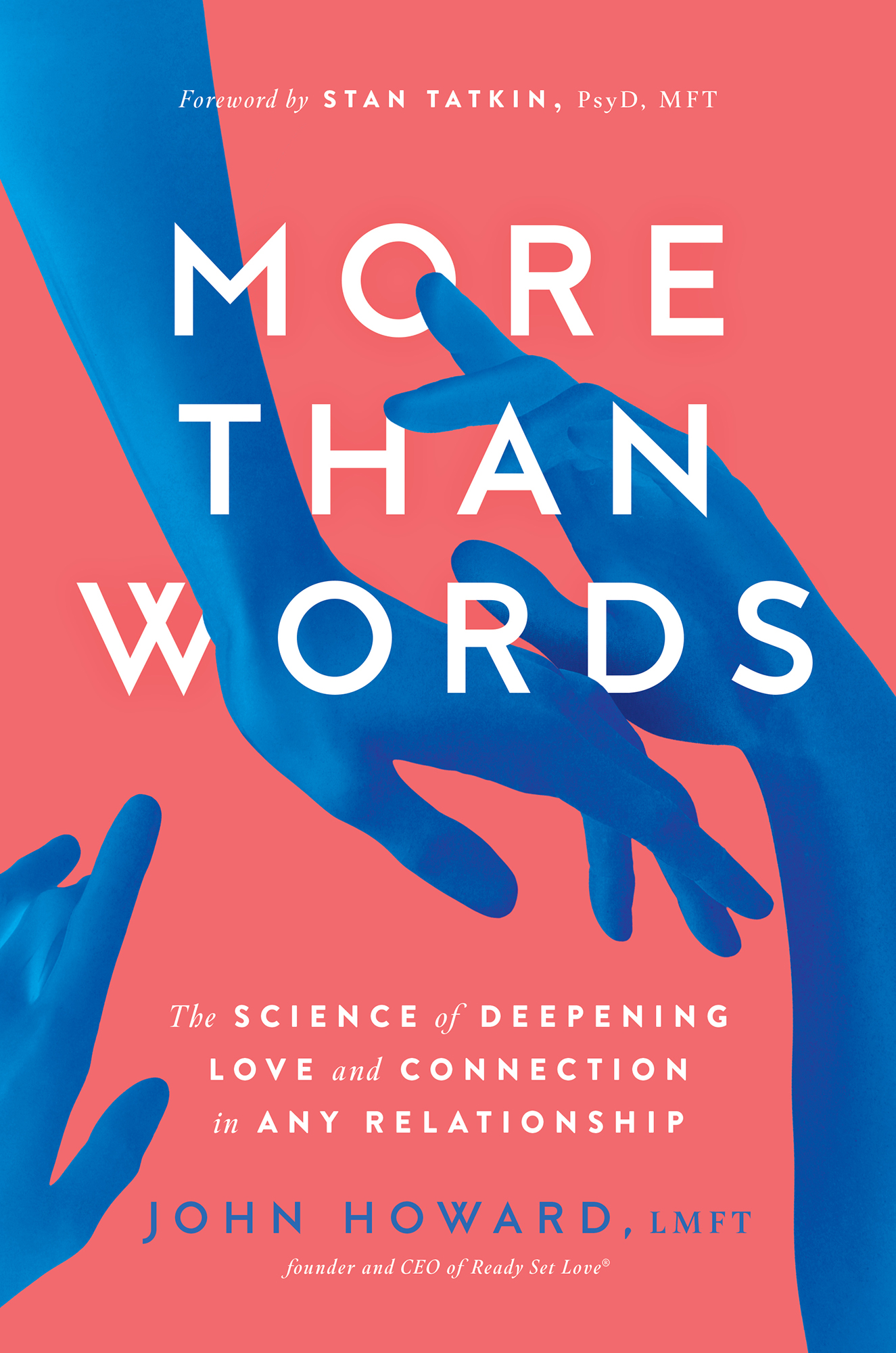
Foreword by Stan Tatkin, PsyD, MFT
More than Words
The Science of Deepening Love and Connection in Any Relationship
John Howard, LMFT
founder and CEO of Ready Set Love


An Imprint of Simon & Schuster, Inc.
1230 Avenue of the Americas
New York, NY 10020
www.SimonandSchuster.com
Copyright 2022 by John Howard
All rights reserved, including the right to reproduce this book or portions thereof in any form whatsoever. For information, address Simon Element Subsidiary Rights Department, 1230 Avenue of the Americas, New York, NY 10020.
First Simon Element hardcover edition February 2022
SIMON ELEMENT is a trademark of Simon & Schuster, Inc.
For information about special discounts for bulk purchases, please contact Simon & Schuster Special Sales at 1-866-506-1949 or .
The Simon & Schuster Speakers Bureau can bring authors to your live event. For more information or to book an event, contact the Simon & Schuster Speakers Bureau at 1-866-248-3049 or visit our website at www.simonspeakers.com.
Cover design by Patrick Sullivan
Author photo courtesy of John Howard
Library of Congress Cataloging-in-Publication Data has been applied for.
ISBN 978-1-9821-8232-8
ISBN 978-1-9821-8233-5 (ebook)
This book is dedicated to my kids, because the world turns on teaching humans how to love and care for one another.
Your task is not to seek for love, but merely to seek and find all the barriers within yourself that you have built against it.
Rumi
J ohn Howards wonderful debut book, More Than Words, is about human connection and communicationtwo essentials required for surviving and thriving in our lives with others. Allow me a few moments to add my two cents to this comprehensive manual on getting along and becoming intimate in adult romantic relationships.
Our need to connect as human beings begins in the womb and continues throughout life. Our earliest means of connecting, beyond the fetal umbilical connection we have with our mothers, is our postnatal connection fastened to a primary caregiver with whom we connect nonverbally. We join through face-to-face, skin-to-skin interaction with another who seeks and finds us, again and again through an imperfect process of attunement, misattunement, and reattunement. Its a kind of mind reading as led by our caregiver who is present, interested, and attentive.
Through repeated close-up nonverbal interactions, we develop an increasingly complex connection to the outside worldthe caregivers vocal prosody, facial expressions, smell, taste, and touch. Our experience-dependent brain is lit up by these continuous exchanges between caregiver and self, constantly matching up and aligning as if synchronizing two nervous systems. Our sense of self and not-self emerges through an experience of external regulation by the caregiver, facilitating the rapid development of our own basic regulatory functions, such as thermoregulation, autonomic nervous system regulation, sleep-wake regulation, stress regulation, as well as the setting up of other vital neurobiological systems. External regulation (one-direction only) soon gives way to co-regulation (two-directions), in which our infant self interactively regulates our caregivers nervous system, like partners flowing together in unison. Thus begins the blissful collaboration and synchrony in union we continue to seek as teens and adultsto be simultaneously separate and at one with someone else.
As we continue to develop relationships throughout life, we seek to be found, again and again, by another human beingto match up, attune, and align as if synchronizing two nervous systems. That is our natural drive as human animals, and it is as vital to our existence as is our need for air, water, and food. We are not solitary like the bear, the wolverine, or the leopard. Rather, we are herd animals that tend to pair-bondsometimes frequently. We need other people. We need to interact with other peoplea lot, actuallyalthough some need to interact more than others. Too much solitude makes us batty.
The brains hardware for language and speech is present at birth. However, language and speech development begin at about six months, with our first words appearing around twelve months or so. Our capacity for verbal conversation is one of our finest evolutionary achievements, along with our unique ability to imagine and invent things that dont yet exist, to predict future outcomes, to manipulate our environment, and to organize and plan ahead.
And while our ability to communicate verbally is a social and organizational boon to our species, it is also one of our downfalls. Words can easily be misused, be misunderstood, be taken as threats, and be used to distance ourselves from others.
Consider going to a foreign land where you do not speak the language. You fall back on nonverbal cues, gestures, pictures, symbols, and other behaviors to get your message across. Though energy expending and fatiguing, you get the job done. Now, you start to speak just a little bit of this still-foreign language, and what happens? Perhaps you experience more misunderstandings than when you relied simply on nonverbals. Soon you are better at speaking the language, and then perhaps you become fluent. You may believe there are fewer misunderstandings, but you might be wrong. Speaking fluently in any language can be hazardous. Why? Because our modern languages contain nuances and multiple meanings depending on context, perception, state of mind, various levels of attention, vocal tone, facial expression, gestures, postures, and atmospheric noise levels.
I could go on.
We think were being clear with our speech, but we dont really know. We think we understand whats being said, but we cant be sure. In fact, we might find that we are misunderstanding each other much of the time. While this is often no big deal, it can sometimes be disastrous. When we are under stress, in distress, distracted, or in a hurry, our verbal and nonverbal communication can lead to big problems, misunderstandings, hurt feelings, and threat reactions.
What are the reasons for this vulnerability in human communication? For one, all human beings scan for threat cues in the environment as part of the survival instinct. Threat perception increases with stress and distress. Threat readiness amplifies with the memory of previous injury. Threat perception intensifies with environmental sensory cues such as unexpected or inundating sounds, visuals, movements, smells, as well as discomforting internal sensations. When we perceive threat from inside or from outside of ourselves, we act swiftly because our survival instincts demand immediate self-preservation.
Most of us mean no harm most of the time. The harm we inflict on those we love is less intentional than we might believe in a stressful moment. Rather, the speed at which we interact is much faster than thought and tends to be reflexive, automatic, memory-based, and frankly, self-centered. Good communication and connection require full presence and attention to our partner and consideration of self and other at the same time. This is especially so when we are less than relaxed, happy, and feeling safe.
Font size:
Interval:
Bookmark:
Similar books «More Than Words : The Science of Deepening Love and Connection in Any Relationship»
Look at similar books to More Than Words : The Science of Deepening Love and Connection in Any Relationship. We have selected literature similar in name and meaning in the hope of providing readers with more options to find new, interesting, not yet read works.
Discussion, reviews of the book More Than Words : The Science of Deepening Love and Connection in Any Relationship and just readers' own opinions. Leave your comments, write what you think about the work, its meaning or the main characters. Specify what exactly you liked and what you didn't like, and why you think so.

